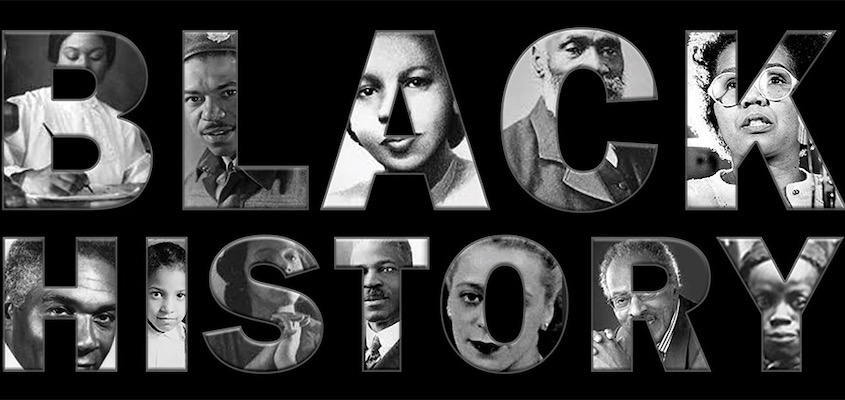by CYNTHIA GREENLEE

Textbooks are a battleground in which the humanity and status of black Americans are contested
“Textbooks shaped how generations of white Americans thought about their black compatriots and how black Americans who read such textbooks thought about themselves.”
Four hundred years ago, a group of about 20 Africans were captured in the African interior, probably near modern-day Angola, and forcibly transported on a slave ship headed to the Americas. After tumultuous months at sea, they landed ashore in the first British colony in North America — Jamestown, Virginia — in late August 1619.
Hazen’s Elementary History of the United States: A Story and a Lesson, a popular early 20th-century textbook for young readers, picked up the story of the first black Virginians from there.
“The settlers bought them,” explained the 1903 text, “… and found them so helpful in raising tobacco that more were brought in, and slavery became part of our history.”
Its barebones lesson plan included just two easily digestible factoids for the year 1619: the introduction of the Africans — with an illustration of two half-naked black people standing on a beach before a pontificating pirate and a crowd of onlookers — and the creation of the Virginia House of Burgesses, the first formal legislative body in the American colonies.
Hazen’s Elementary History of the United States: A Story and a Lesson, published in 1903, included very little about 1619 and the role slavery played in the formation of the United States.
But the history of Jamestown and slavery isn’t that simple. Even though the 1619 landing wasn’t the first arrival of Africans in the Americas, it fits within the history of colonial America, black America, the global slave trade, and ultimately the foundation of our country. So how textbooks summarized this history — one characterized by a scant documentary record and often from the perspective of European settlers and white Americans — matters.
“Textbooks are supposed to teach us a common set of facts about who we are as Americans … and what stories are key to our democracy,” said Alana D. Murray, a Maryland middle-school principal and author of The Development of the Alternative Black Curriculum, 1890-1940: Countering the Master Narrative.
As textbooks show — through omissions, downright errors, and specious interpretations, particularly regarding racial issues — not everyone enjoys the perks of civic belonging or gets a fair shake in historical accounts. This is even true of textbooks used today — 400 years after Africans’ 1619 arrival, more than 150 years after emancipation — with narratives more interested in emphasizing the compassion of enslavers than the cruelty endured by the enslaved.
Textbooks have long remained a battleground in which the humanity and status of black Americans have been contested. Pedagogy has always been preeminently political.
From fast facts to black inferiority: how slavery has been portrayed historically in textbooks
The Hazen’s textbook framed Jamestown and its role in the development of US slavery as an inevitable matter of labor demand and economic pragmatism, a common argument in US school materials at the turn of the 20th century.
Black Agenda Reportfor more